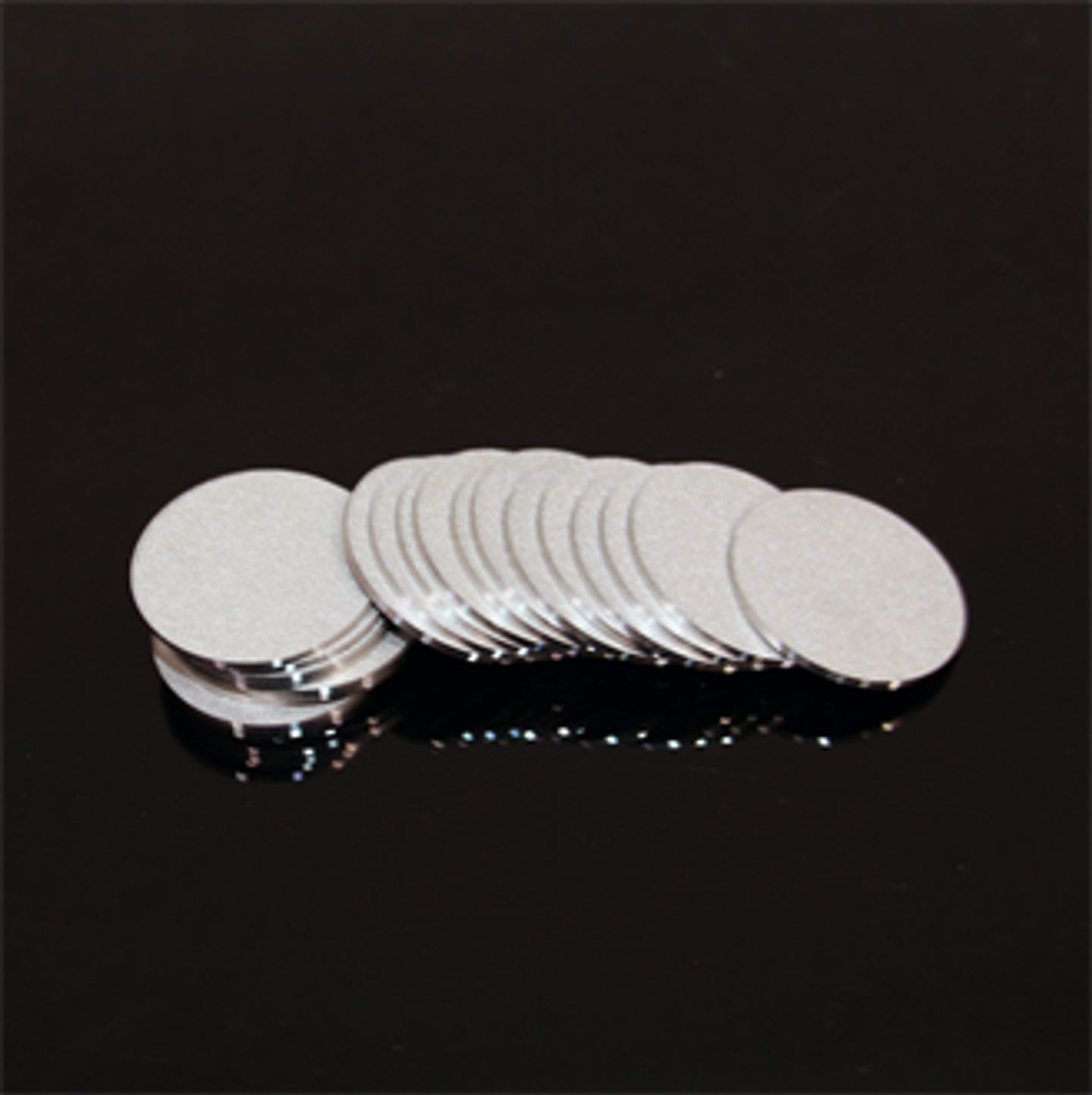

Medical Ring Applications: Essential Elements in Contemporary Healthcare.
Medical rings, often referred to as marker bands, play a vital role in the field of medical devices. These small yet essential components are usually crafted from metals such as gold, platinum, or their alloys, providing radiopaque properties that allow them to be seen in X-ray imaging. This visibility is crucial in many minimally invasive surgical procedures, including angioplasty, where accurate positioning is essential. The significance of medical rings extends across multiple medical disciplines, including cardiovascular, orthopedic, and neurological applications, thereby improving both the safety and effectiveness of various treatments.
Medical Rings in Surgical Procedures.
In surgical interventions, medical rings are crucial for the guidance and positioning of medical instruments. Their visibility on imaging devices guarantees the accurate deployment of surgical tools, which is vital for achieving successful results. For instance, in cardiovascular operations, marker bands facilitate the precise positioning of stents and catheters, which directly influences both the success of the procedure and the safety of the patient.
Numerous case studies have shown that incorporating medical rings leads to significantly enhanced surgical outcomes. In a particularly noteworthy case, the use of marker bands in vascular surgery enabled exceptionally accurate graft placements, resulting in shorter recovery periods and a decrease in complication rates.
Substances and Their Radiopacity.
The selection of materials for medical rings is primarily influenced by their radiopaque characteristics. Metals such as platinum and gold are favored due to their superior visibility in X-ray imaging. These materials guarantee that the medical rings deliver dependable performance in essential surgical operations.
Comprehensive Examination of Angioplasty.
In angioplasty procedures, medical rings play a crucial role in the accurate positioning of stents in obstructed coronary arteries. Their visibility during imaging allows for the precise expansion of stents at the site of blockage, thereby enhancing the restoration of blood flow and reducing the likelihood of restenosis.
Influence on Rehabilitation
The strategic application of medical rings during angioplasty plays a crucial role in patient recovery and long-term health results. Proper placement of stents reduces the likelihood of complications, thereby improving recovery rates and enhancing the overall quality of life following the procedure.
Improving Patient Recovery.
Medical rings are also utilized in the field of patient rehabilitation. The precise positioning of devices, aided by marker bands, significantly enhances the recovery process following surgery.
The Function of Physiotherapy.
In the fields of physiotherapy and rehabilitation, medical rings play a crucial role in tracking the movement and positioning of implants throughout therapy sessions. This oversight enables practitioners to modify therapeutic strategies to enhance patient outcomes.
Many patient testimonials underscore the benefits of medical rings in accelerating the recovery process. For instance, one individual shared that their mobility improved markedly following knee replacement surgery, where medical rings were utilized to guarantee the accurate alignment of the implant.
Integration with Orthopedic Equipment.
In orthopedic applications, including joint replacements and treatments for bone fractures, medical rings play a vital role in improving the performance and durability of implants. Their importance is particularly evident in surgical procedures where small adjustments can lead to substantial improvements in patient results.
Advancements in Monitoring
Recent technological innovations have enabled the integration of sensors into medical rings, facilitating the monitoring of healing processes and providing real-time data that can be utilized to tailor patient care strategies.
The Diagnostic Significance of Medical Rings
In addition to their surgical uses, medical rings possess considerable diagnostic significance. They are increasingly employed in non-invasive techniques to improve the identification and treatment planning of various medical conditions.
Contribution to Disease Identification
Medical rings play a crucial role in accurately mapping internal organs and structures during diagnostic evaluations, thereby enhancing the precision of disease identification and analysis.
For example, in the context of cancer treatment planning, medical rings can assist in more clearly defining tumor boundaries during radiation therapy, ensuring that treatment is focused and minimizes damage to surrounding healthy tissue.
Technological Progress in Diagnostics
The outlook for diagnostic technology is bright with the incorporation of medical rings. Continuous innovations are being introduced, featuring new materials and designs that improve their functionality and application in medical diagnostics.
Statistical Enhancements
Recent research indicates notable advancements in diagnostic precision and treatment effectiveness with the use of medical rings, underscoring their increasing relevance in the field of medical technology.
Medical rings, also known as marker bands, serve as essential components that significantly improve the accuracy and efficiency of contemporary medical practices. Their applications span a wide range, including surgical interventions, postoperative recovery, and diagnostic processes, making them crucial in healthcare. Continuous innovations in their design and material properties are expected to enhance their importance further, solidifying their role in the development of cutting-edge medical treatments and better patient outcomes.
